Gallery XII – Eskultor ng Lahing Filipino: Honoring the Life and Work of Guillermo Tolentino, a permanent exhibition (opened last July 24, 2013) at the second floor of the National Museum of Fine Arts, features the work of National Artist of the Philippines for Sculpture (1973) Guillermo E. Tolentino. The title eskultor ng lahing Pilipino was taken from Jose Corazon de Jesus‘ 1930 poem Ang Bantayog ng Bayani.
Check out “National Museum of Fine Arts”
Tolentino dominated sculpture in the 1920s to 1970s and the decades beyond, particularly in portraiture and human forms. He followed the Classical style and mainly used plaster and metal to create his sculptures. Originally launched in 2013, on display are some of his rarely seen works from private lenders and from the National Fine Arts Collection.
Hanging from the walls are recognitions awarded to Tolentino by the University of the Philippines School of Fine Arts Annual Exhibitions from 1910 to 1916; a pencil sketch on paper of Liberty Granting Independence to Filipinos; technical drawings of the column and base of the Bonifacio Monument; Tolentino’s U.P. School of Fine Arts diplomas for Sculpture and Painting; Tolentino’s 1908 diploma from the Royal Higher Institute of Fine Arts in Rome; Tolentino’s 1931 commemorative diploma from the Exposition Coloniale Internationale in Paris; and a 1931 self-portrait of Tolentino.
The 1933 lithograph of Galeria de Filipinos Ilustres , a group portrait of heroes, was drawn by Tolentino when he was still in high school and attending classes at the UP School of Fine Arts. It was later printed in Liwayway Magazine.
Check out “The Andres Bonifacio Monument”
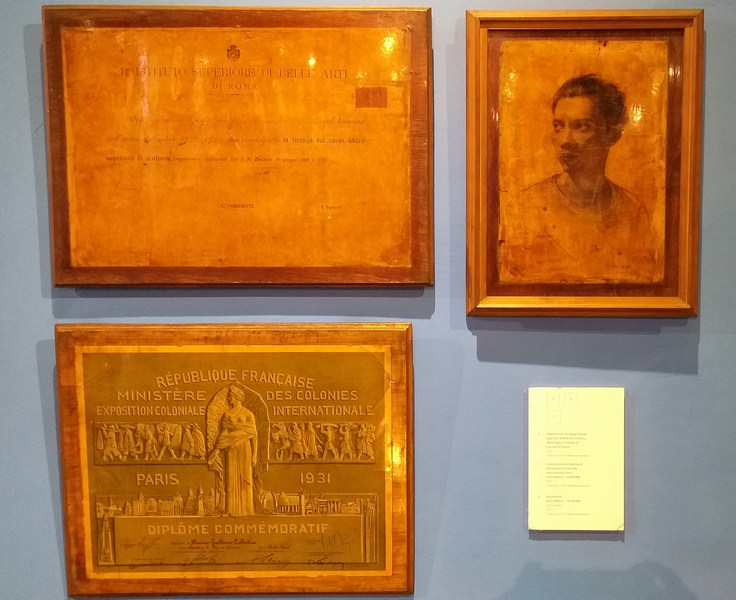
Top left is Tolentino’s 1908 diploma from the Royal Higher Institute of Fine Arts in Rome. Below it is Tolentino’s 1931 commemorative diploma from the Exposition Coloniale Internationale in Paris. At right is a pen on paper self-portrait of the artist(1931)
At the center of the gallery are the two scaled models and casts, from the 14-piece collection of Frederick Dy, for the Commonwealth Triumphal Arch which would have been one of the iconic monuments of Manila, similar to the Arc de Triomphe de l’Etoile in Paris, France. Meant to commemorate the years of Filipinos lobbying for the independence of the Philippines to be recognized, it was planned to be situated at the intersection of Plaza Burgos and Taft Avenue, near the Manila City Hall and the Old Legislative Building (now the National Museum of Fine Arts).
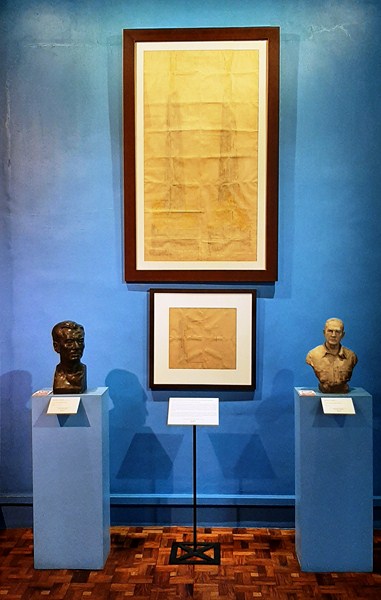
At center are the technical drawings of the column and base of the Bonifacio Monument. Flanking it are busts of Pres. Manuel L. Quezon and American Gen. Douglas MacArthur
Commissioned by the UP Alumni Association in 1935 (the first year of the 10-year transition of the Philippines from an American occupied territory to an independent nation), Tolentino designed a humongous structure that would have featured bas-relief statues of ordinary Filipinos seemingly supporting the whole arch. Approved by Pres. Manuel L. Quezon and the National Assembly, the budget for the arch was set for PhP500,000.00 and First Lady Aurora Aragón Quezon already laid the first trowel of cement on the foundation. Unfortunately, the Japanese imperial army invaded the Philippines in 1941 and the construction was never continued.
Behind the Commonwealth Triumphal Arch is the 1973 life-size statue of Don Quintin Paredes as Speaker of the House (polychrome plaster of Paris). Other statues include a marble sculpture of his daughter Lualhati on a granite pedestal; a polychrome concrete statue of a Seated Girl Reading; marble statues of a Praying Cherub (ca. 1935), a Praying Angel (ca. 1920) and a Girl Holding a Wreath (1920); and an undated model for the monument and head of Dr. Nicanor Reyes (polychrome plaster of Paris).
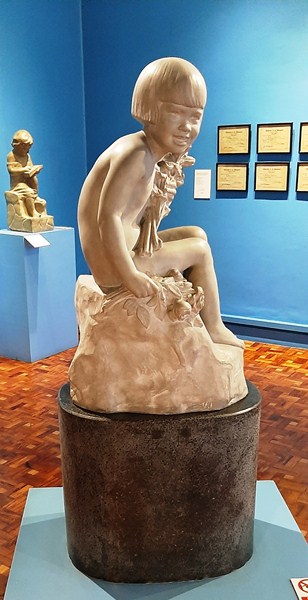
An undated marble statue, on granite pedestal, of Lualhati, Tolentino’s daughter, when she was six years old. Lualhati, who now resides in Germany, is among Tolentino’s seven children with his wife, Paz Raymundo. This is the only sculpture of the artist’s family member in the National Fine Arts Collection.
The rest of the display are busts, mostly made of polychrome plaster of Paris (some with polychrome resin and plaster of Paris), of Philippine presidents (Manuel L. Quezon, Manuel A. Roxas, Emilio Aguinaldo, Ramon Magsaysay and Ferdinand E. Marcos); local heroes (Jose Rizal, Lapu-Lapu, Epifanio de los Santos and Andres Bonifacio); soldiers (Col. Salvador Reyes and American Gen. Douglas MacArthur); industrialists (Andres Soriano Sr.); politicians (Quintin Paredes, Jaime de Veyra), notable women (Luisa Marasigan, Consolacion Singian); American writer and Filipinologist A.V.H. Hartendorp; and artists (Crispulo Zamora).
Most of the work and memorabilia presented in the gallery were collected by Tolentino’s family (formerly displayed at the Pasig City Museum) and several private patrons and institutional partners of the National Museum of the Philippines (Security Bank chairman Frederick Dy, Judy Araneta-Roxas, Ernesto and Araceli Salas, and Nestor Jordin).
Gallery XII – Eskultor ng Lahing Filipino: Honoring the Life and Work of Guillermo Tolentino: Security Bank Hall, 2/F, National Museum of Fine Arts (NMFA), Padre Burgos Avenue, Ermita, Manila 1000, Metro Manila. Tel: (632) 8527-1215 and (632) 8298-1100. Email: inquiry@nationalmuseum.gov.ph. Website: nationalmuseum.gov.ph. Open Tuesdays to Sundays, 9 AM – 4PM. Admission is free. Coordinates: 14°35′13″N 120°58′52″E.

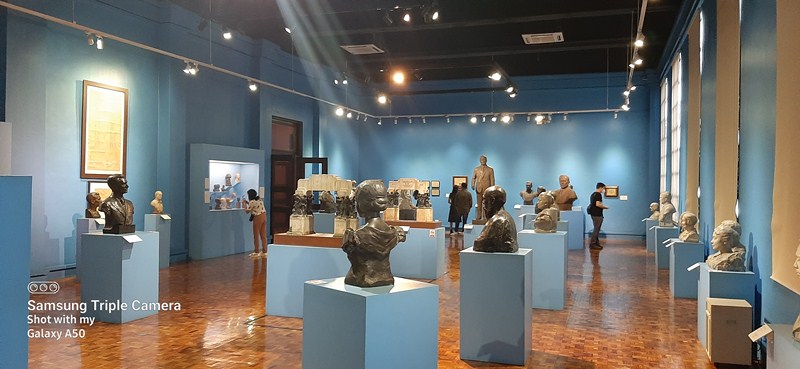
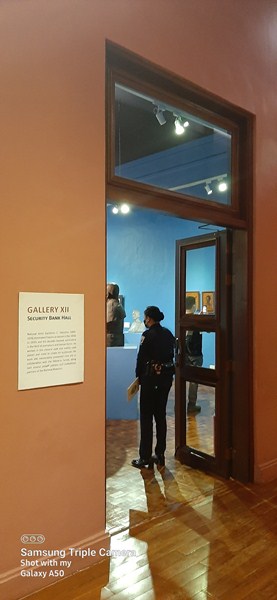
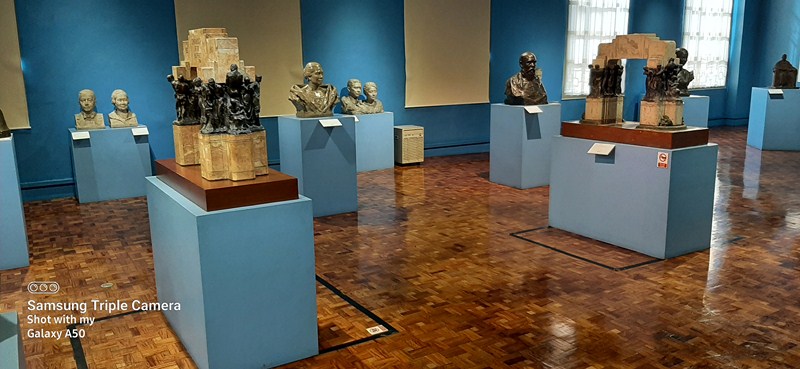
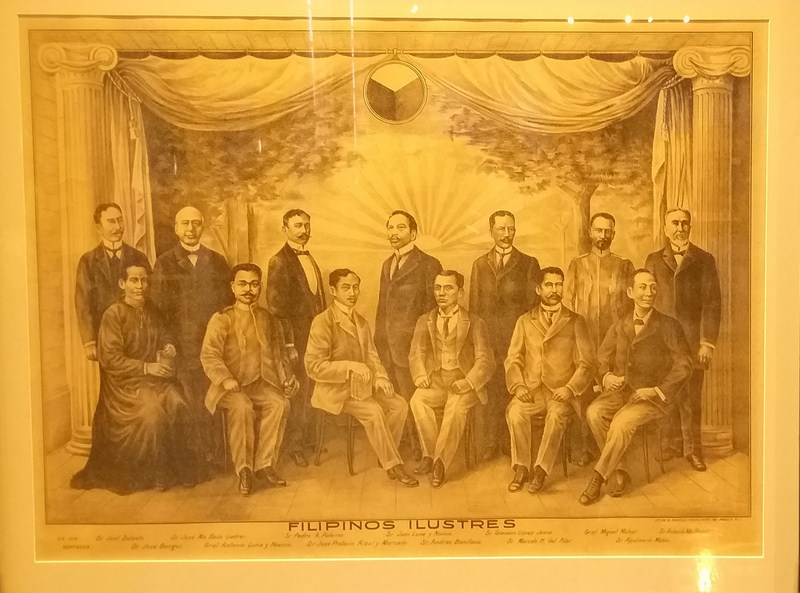
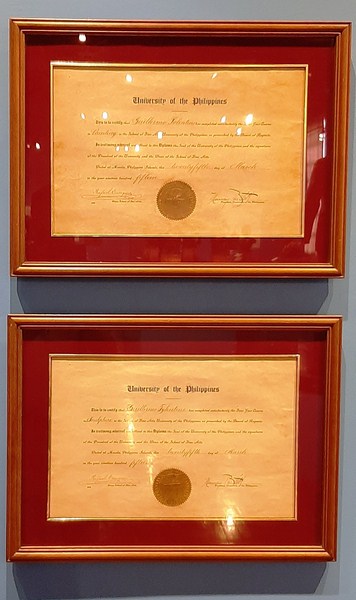
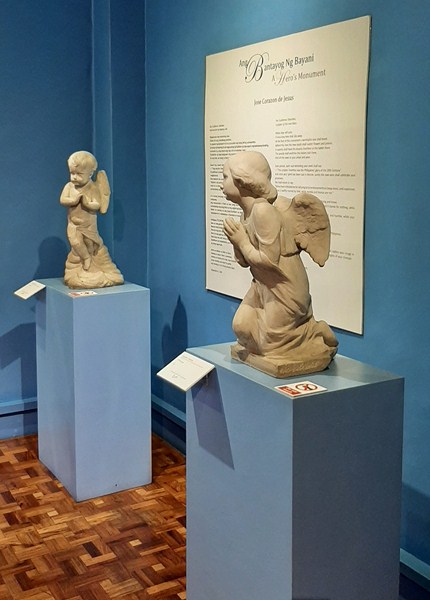
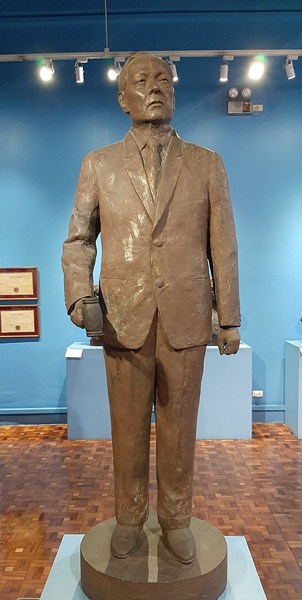
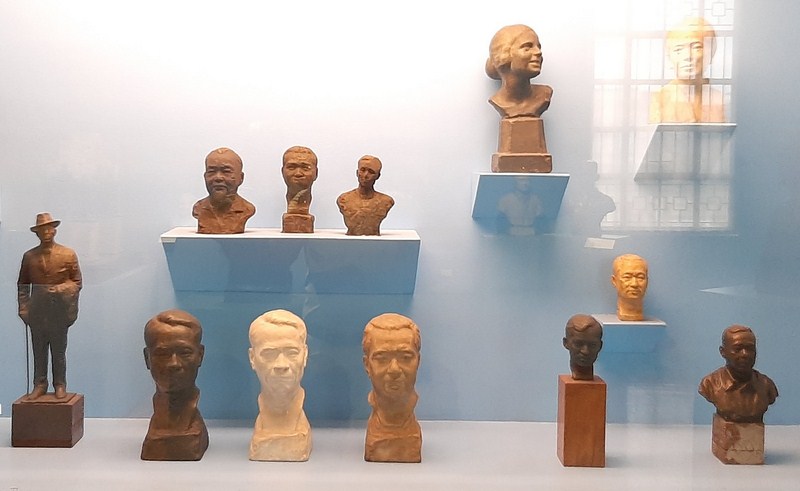
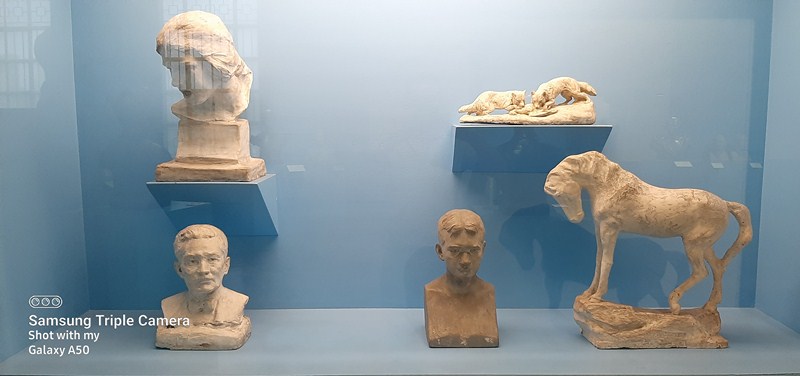
Pingback: National Museum of Fine Arts (Manila) – B.L.A.S.T. – Live Life to the Fullest ……… Don't Stay Put